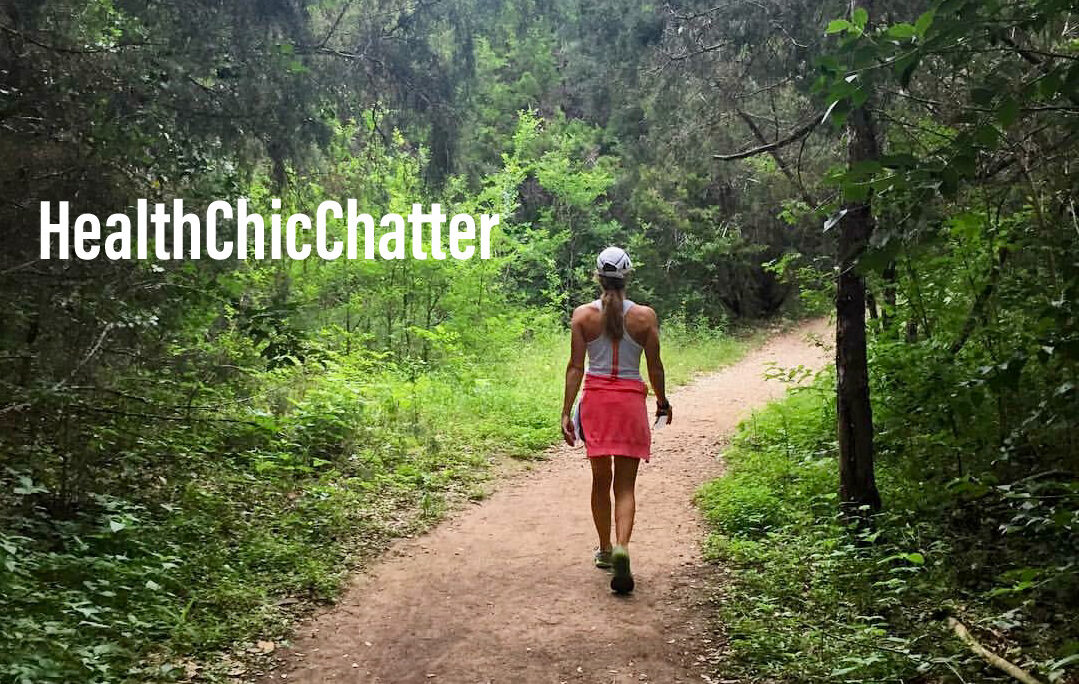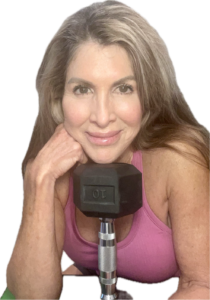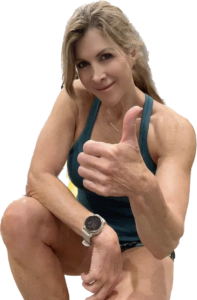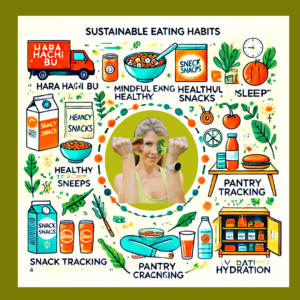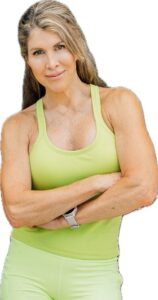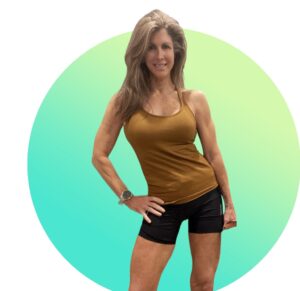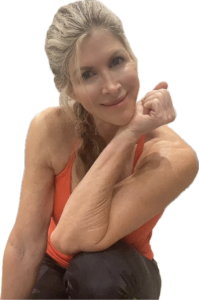- Mindset Mapping: Reflect on beliefs, habits, and past struggles. Acknowledge the cost of inconsistency and visualize the rewards of discipline.
- Momentum Multiplier: Study role models, assess your current level of consistency, and establish accountability systems to accelerate progress.
- Habit Hustle Protocol: A three-phase method for lasting habit change—Break & Build (eliminate harmful habits), Train & Tweak (introduce positive routines), Lock & Load (automate habits for long-term success). A 66-day minimum is recommended to cement behaviors.
- Micro-Movement Method: Small, daily wins (S.C.A.—Small Consistent Actions) lead to big results over time. Mundane but repeated efforts build momentum. Go ahead…be boring!
- Pyramid of Peak Performance: Establish mission-driven motivation, use strategic recovery, develop resilience, and commit to structured consistency for lifelong health and fitness success.
Remember, success in health and fitness isn’t about drastic changes—it’s about small, steady steps that compound over time. Are you getting a good night’s sleep? If not, hacking your sleep and working on a bedtime routine could be a good place to start. (See post, “Sleep. the Magic Pill“)
To help you map our your WHY and identify steps you can start taking today, take some time to WRITE responses to these questions:
- What is one powerful habit that can amplify others?
- What belief is making me inconsistent?
- Name 3 ways this inconsistency is negatively impacting you?
- What are 5 rewards you will get with consistency?
- What is 1 new move you can make each day for the next week to move closer to your desired self?
- Can you identify 3-5 people who are MASTERS of consistency?
- What do you think they do to remain consistent?
- Can you identify a solid accountability partner?
- What is your plan to get back on track?
- What can you do to celebrate yourself?
Small consistent steps = BIG results!
You got this!
